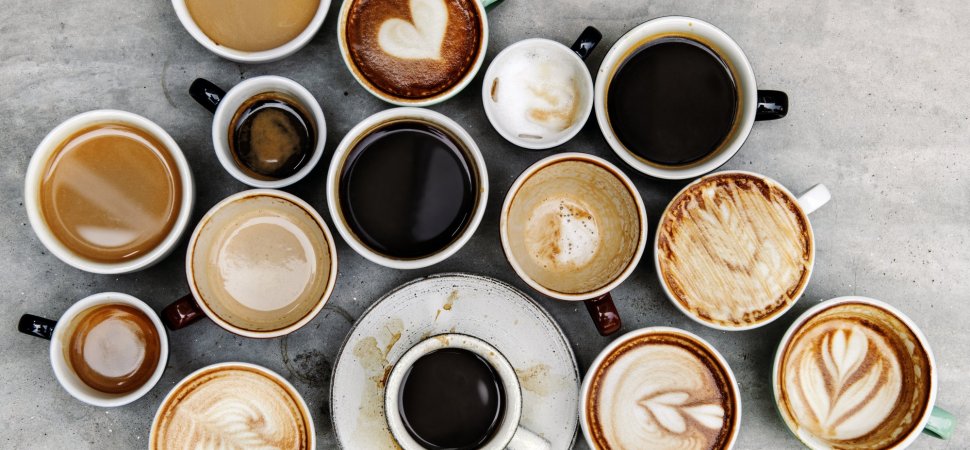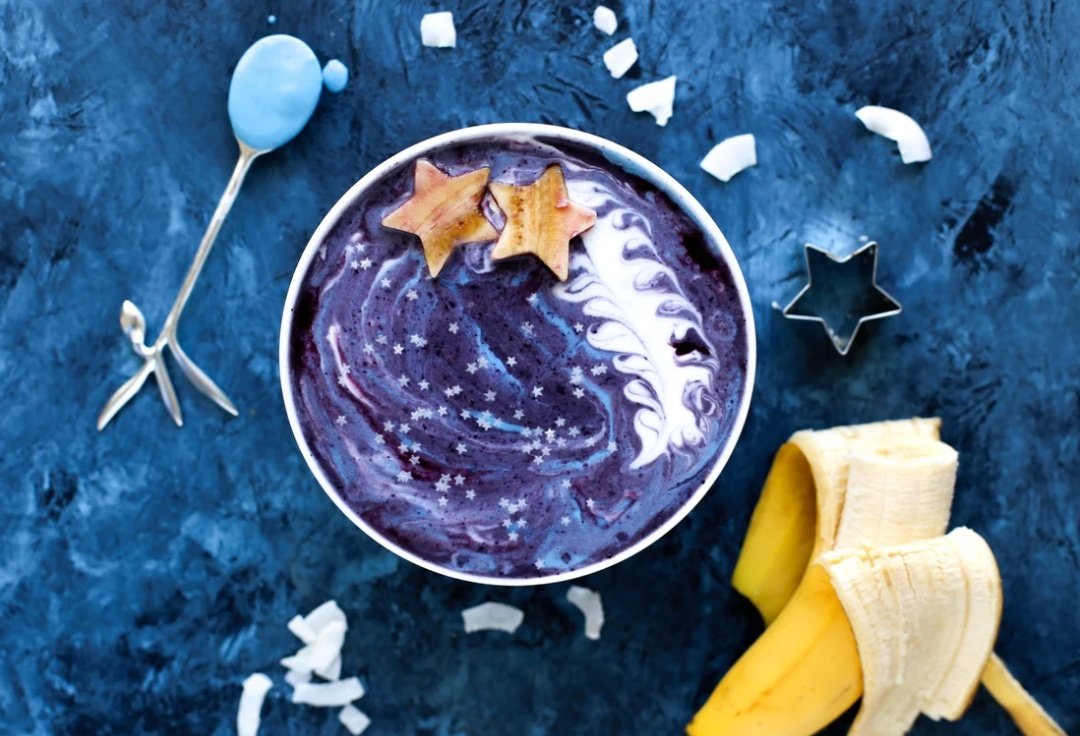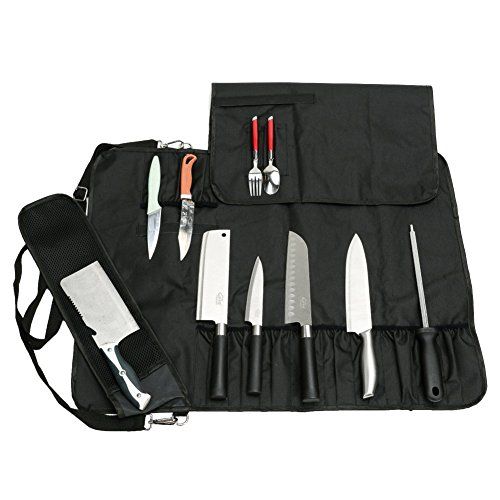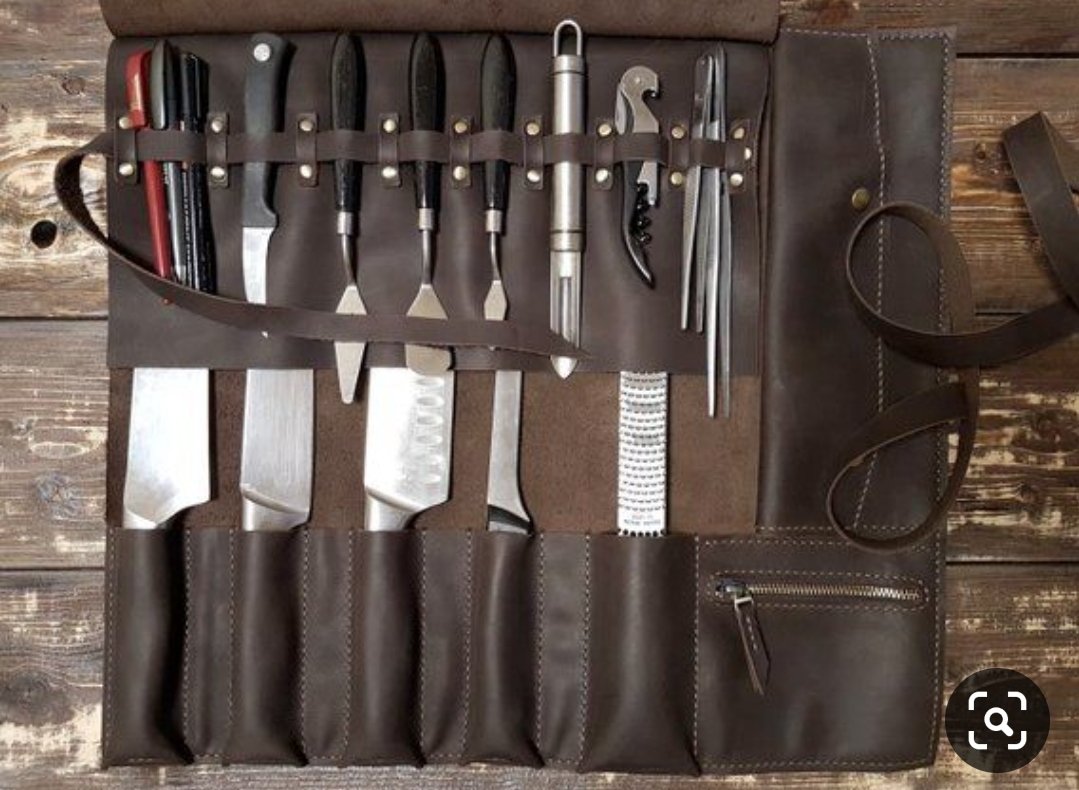
Really curious to see how the DA campaigns next year during the local elections.
Will most likely avoid putting Steenhuisen on any billboards alone.
Me I just wanna see him speak in a township 😂🤣
Me I just wanna see him speak in a township 😂🤣
I can't even picture him with kids or old people 🤔
They really don't understand how annoying he is. 😓😓
• • •
Missing some Tweet in this thread? You can try to
force a refresh











